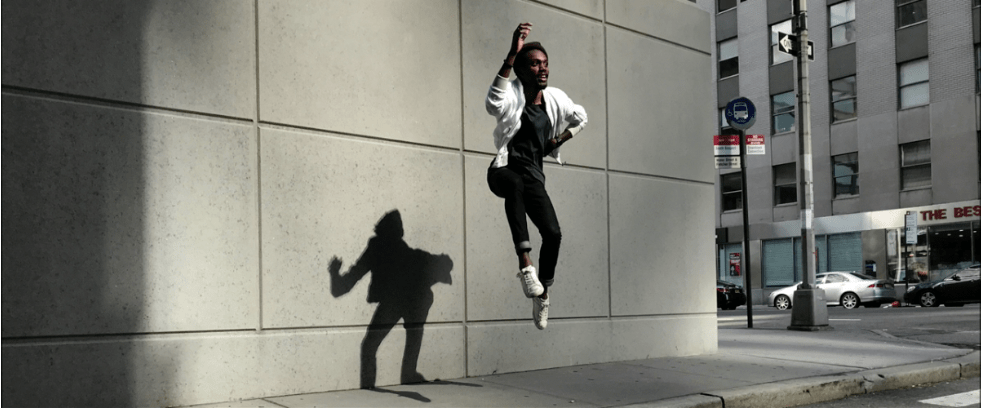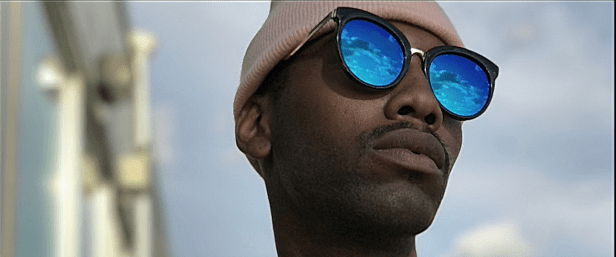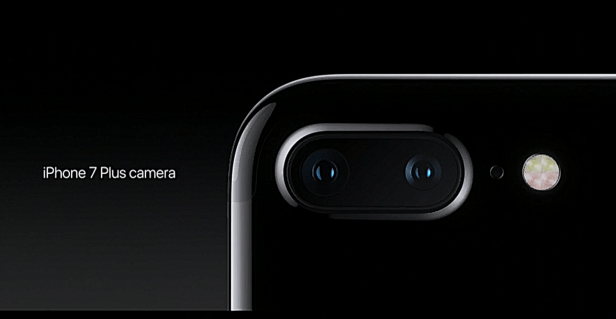It’s that time of year again – Apple are back with a new iPhone announcement. With more photographs than ever before being taken on smartphones, it comes as no great surprise that the iPhone 7 camera has received another upgrade – in what they’re calling a ‘huge advancement for mobile phone photography’. So, let’s have a quick look at the new features for photographers.
New features
- Optical image stabilisation
- f/1.8 aperture
- Six-element lens
- 12MP sensor
- True-tone flash system
- Flicker sensor
- Improved image signal processor
- Wide Colour gamut
- RAW capture
Firstly, both the iPhone 7 and 7 Plus are making the jump up from digital image stabilisation to optical, bringing them up to date with other flagship smartphones, and which should aid low-light shots considerably. This is paired with a wider f/1.8 aperture lens, taking in 50% more light, and up to 3x longer exposure, giving users considerably more options when shooting landscapes or (again) in low-light.
The upgraded camera now features a six-element lens and an improved 12-megapixel image sensor, which Apple claims is 60% faster and 30% more efficient than previous iterations.
A quad-LED true-tone flash again makes its way onto iPhone 7, with a new delivery system that will reportedly yield an additional 50% of light when shooting. This is alongside a brand new flicker sensor – a system designed to combat the innate flickering of harsh, artificial light in the hopes of getting cleaner shots.

One of the real standouts, though, is the improved image signal processor (ISP): Apple promises double the throughput of the previous iteration as it handles face and body detection, auto-metering, autofocus and white balance in real time. The new and improved ISP is responsible for capturing impressively rich colour, which Apple have termed Wide Colour.
The front-facing camera also got a bit of a boost, too: up from 5MP to 7MP HD capture, again with Wide Colour and auto-stabilisation.
iPhone 7 Plus dual-camera system
- Two lenses: 28mm wide angle and 60mm telephoto
- Up to 2x optical zoom and 10x software zoom
- Generates shallow depth of field shots through face/body detection and depth map analysis
- Live background blur preview
- Released via free update later in the year
While the previous enhancements are native to both the iPhone 7 and the 7 Plus, Apple have reserved the new (and much-rumoured) dual-camera system for the Plus only. The system essentially features two 12MP cameras, one wide angle, as with a standard iPhone camera and another 60mm telephoto.
Used together, these amount to a 10x zoom – optically up to 2x, and then using software up to 10x. Users can either toggle zoom, or drag to create bespoke settings.
Apple also revealed one extra new iPhone 7 Plus camera feature – a shallow depth of field mode. By accessing the Portrait mode, the new ISP uses the new telephoto lens and face/body recognition to keep the foreground in focus, while generating a convincing bokeh effect in the background. This can even be previewed live, before the image is taken, which isn’t yet something even most high-end DSLRs can provide.

The shallow depth of field mode in action
This new function will reportedly be rolled out later in the year, through a free update, to all iPhone 7 Plus users.
Apple have confirmed the release date for both models as September 16th, with pre-orders opening on the 9th.
AP Technical Editor Andy Westlake had this to say:
“Having two cameras with different lenses makes perfect sense, and it should give far better results for taking pictures of your friends than the usual wideangle lens or digital zoom. In fact it anything it’s surprise this we haven’t seen this before; it’s much like the twin-lens systems that appeared on some 35mm compact cameras in the 1980s, before zoom lenses became commonplace.
As for the shallow depth of field mode, the big test will be how well it works in practice. It’s notable that Apple’s own example has a subject cleanly separated from a relatively distant background, which is where we’d expect it to work best. Real life images tend to be more messy though, with closer, more complicated backgrounds, so this will be the real test. I wouldn’t expect it match a ‘proper’ camera with a large aperture lens; the real question is how close it can get.”
For even more info on the iPhone 7, head over to our sister site Trusted Reviews, where they are keeping track of all the latest developments – and seeing how the iPhone 7 stacks up against other flagship smartphones.







